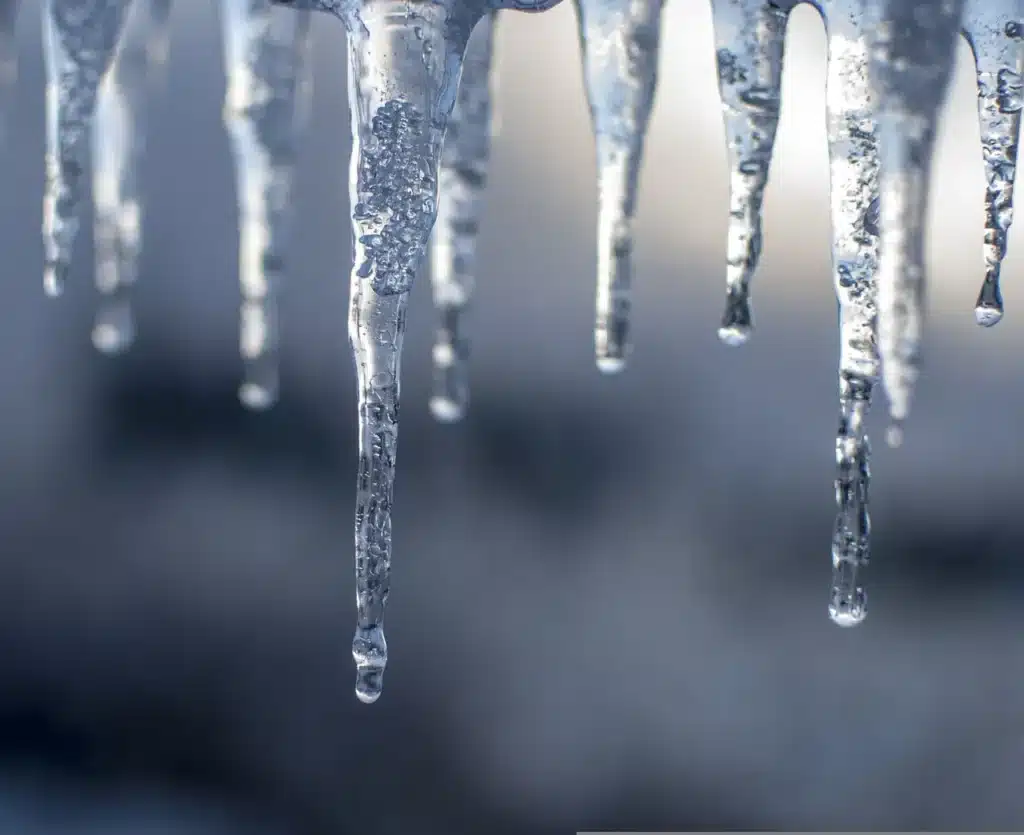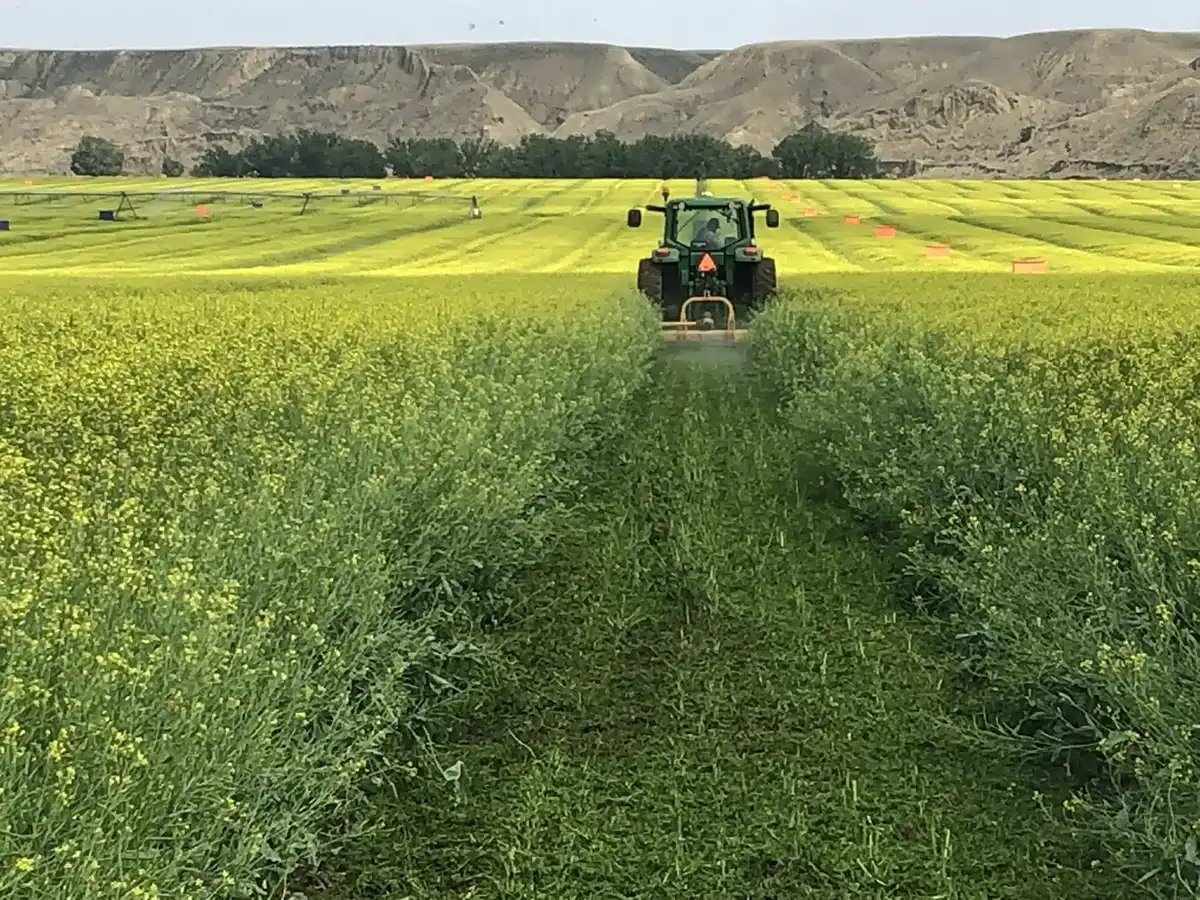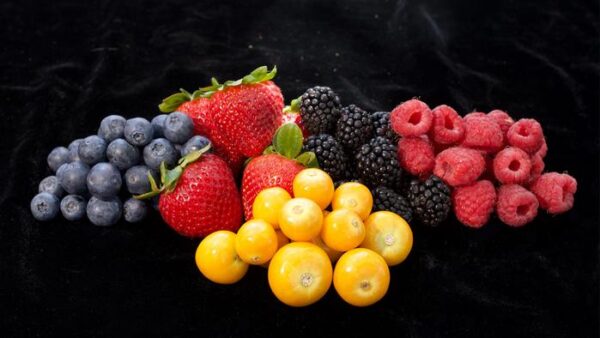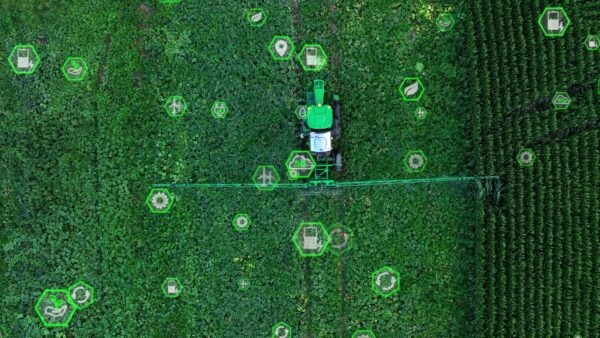The Farmer’s Almanac made headlines again recently when it predicted a record-breaking cold winter for Canada and the United States over the next several months. The Prairie provinces will be hit the hardest this year with heaps of snow in both January and February, the Almanac is predicting.
Whether the predictions end up being accurate or not, it seems that weather records are broken left and right these days, and as climate change continues to rear its head, it’s not hard to imagine that extreme temperatures are heading our way.
But first, the good news. Overall, the seed quality this year has been very good. In many ways, it was an ideal year for most parts of Canada. We haven’t had the typical issues we have with a lot of dormancy at this time of the year in cereals.
One thing we’ve been keeping an eye out for is mechanical damage in peas, due to the really dry conditions we had in August, which was the peak time for pulse harvest.
We’ve had some samples coming to the lab that have varying degrees of mechanical damage, but nothing that’s a massive concern at the moment.
I expected the disease pressure to be relatively low in 2022, and it was. Disease levels have indeed been muted in cereals like wheat, barley, and oat. So far, we’ve had just about one or two per cent of samples that tested positive for fusarium, and these samples came from southern Alberta, which is normal because of the higher prevalence of irrigation there.
During spring, one thing I usually worry about is dormancy. That’s why we’ve again encouraged dormancy testing right after harvest, as well as further testing in the spring.
That brings me back to the possibility of a record-breaking cold winter. Lots of snow is good news for fields, as it ensures good moisture early in the season. That said, what if a record-breaking cold winter leads to a cold, early spring?
Cold weather early in the year has implications for seed development and growth. If this plays out, it will mean that vigour testing in the early spring will become important. Seed can easily have a 98 per cent germination rate, but vigour is really important because you need to know how your seed will handle such cold, early spring conditions.
It’s never too early to think about spring and what tests you may need to do to ensure a successful growing season.







